You're strolling through your garden, admiring your beautiful tomato plants, when suddenly, you spot a mysterious yellow spot on one of the leaves. A sense of worry creeps in as you wonder what could have caused this discolored leaf.
Fear not, for you are about to embark on a journey to solve the enigma of yellow spots on tomato leaves! Together, we'll explore the possible causes, treatments, and preventive measures to ensure that your tomato plants remain healthy and vibrant.
As an avid gardener, you know that the key to a thriving tomato plant lies in its leaves. The leaves are the powerhouse of the plant, turning sunlight into energy for growth and fruit production.
So, when you notice yellow spots on your tomato leaves, you want to act fast to uncover the cause and find a solution. Let's dive into the world of tomato leaves and discover how we can keep them green, healthy, and productive.
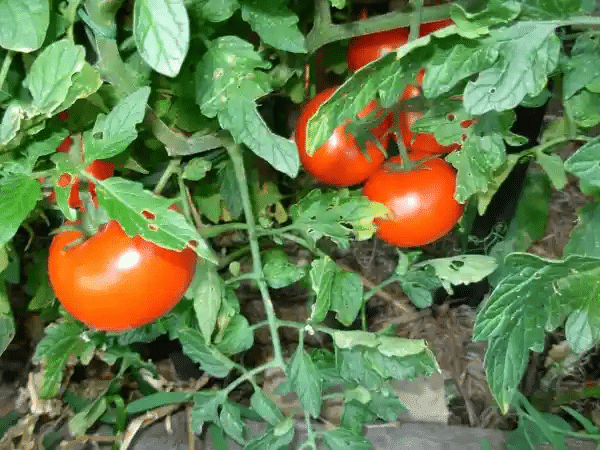
Short Summary
Identify the cause of yellow spots on tomato leaves – magnesium deficiency, fungal infections, pests or viruses.
Take action to restore your plants with treatments like Epsom salt solution and fungicides.
Monitor & inspect regularly for preventive measures such as proper watering, soil management & resistant varieties.
Identifying Yellow Spots on Tomato Leaves
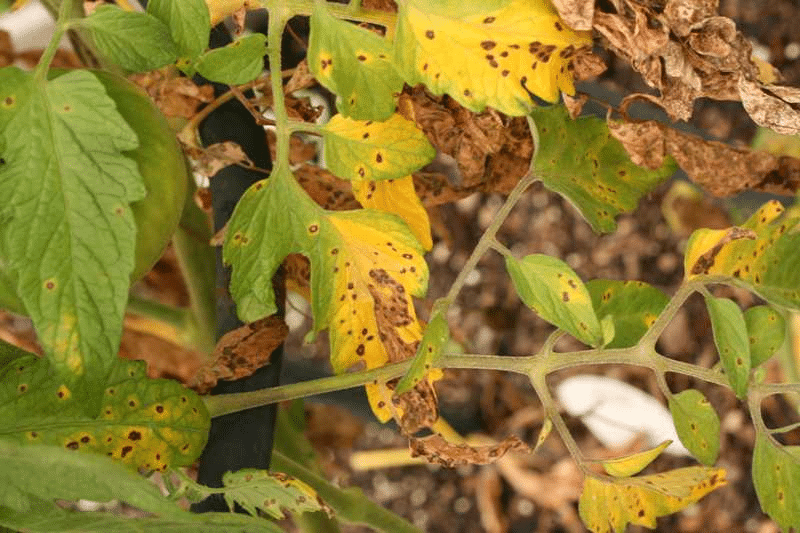
Identifying the cause of yellow spots on tomato leaves can feel like solving a complex puzzle. But don't worry, we're here to help you put the pieces together.
There are several possible culprits behind those pesky yellow spots, including magnesium deficiency, fungal infections, and pests or viruses. By understanding the characteristics of each, you'll be better equipped to diagnose the issue and take the necessary steps to restore your tomato plants to their former glory.
So, let's start our investigation by examining each potential cause in more detail. We'll break down the signs and symptoms associated with magnesium deficiency, fungal infections, and pests or viruses, so you can easily identify the source of those yellow spots and take action to remedy the problem.
Magnesium Deficiency
Like a detective examining a crime scene, you notice yellow speckles on the older leaves of your tomato plants. Aha! You've just stumbled upon a clue that could point to magnesium deficiency.
Magnesium plays a vital role in the chlorophyll molecule, which is responsible for converting sunlight into starches and sugars for the plant's nourishment. When there's not enough magnesium, the older leaves can't produce enough chlorophyll, resulting in those telltale yellow speckles.
But how do you address this deficiency? You can be the hero your plants need by simply adding Epsom salt to the soil or spraying the leaves with a solution of one teaspoon per gallon of water. This will provide the magnesium boost your plants crave, helping them continue to produce chlorophyll and maintain their vibrant green color.
Fungal Infections
As you inspect your tomato plants, you notice signs of early blight, leaf spot, and mold. These are all common fungal infections that can cause yellowing and brown lesions on your tomato leaves. Think of these fungi as unwanted guests crashing your garden party, wreaking havoc on your plants' health.
To combat these fungal invaders, it's crucial to take immediate action. Start by removing any affected leaves to prevent the spread of the disease. Then arm yourself with fungicides like chlorothalonil, mancozeb, or copper fungicide, and follow the product instructions carefully to banish these unwanted guests and protect your plants.
Pests and Viruses
Just like a classic mystery, you've uncovered another potential cause of yellow spots on tomato leaves: pests and viruses. One such troublemaker is the tomato yellow leaf curl virus, which can cause leaves to turn yellow and curl up, leading to stunted growth and reduced fruit yield.
This pesky virus is often spread by whiteflies, which can transfer the virus from infected weeds like nightshades and jimsonweed to your precious tomato plants.
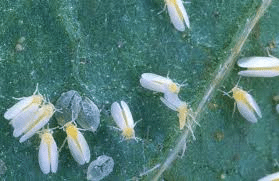
To wage war against these tiny foes, enlist the help of natural allies like ladybugs or use insecticidal soap to keep pests at bay. With vigilance and the right tools, you can protect your tomato plants from the clutches of pests and viruses.
How to Treat Yellow Spots on Tomato Leaves
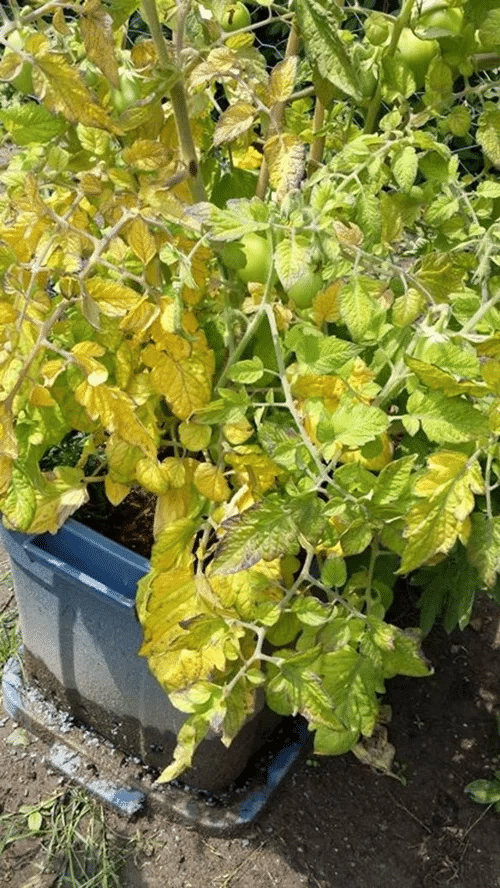
Now that you've identified the possible causes of yellow spots on your tomato leaves, it's time to take action and restore your plants to health.
The key to success lies in addressing nutrient deficiencies with fertilizer containing micronutrients, combating fungal diseases with fungicides, and controlling pests and viruses with reflective mulches, oil sprays, and crop rotation.
By tackling these issues head-on, you'll be well on your way to cultivating a thriving garden.
Before diving into the specific treatment methods, remember that it's important to remove any affected leaves from your plants before applying treatments. This will help prevent the spread of disease and ensure that you're giving your plants the best chance for a full recovery.
Addressing Nutrient Deficiencies
If nutrient deficiencies are the culprit behind those yellow spots on your tomato leaves, it's time to nourish your plants with essential vitamins and minerals.
Start by conducting a soil test to determine the specific nutrients your plants are lacking. Then, apply a fertilizer containing the necessary micronutrients to give your plants the boost they need.
Regular fertilization based on soil test results will ensure your tomato plants have access to the nutrients they need to thrive. By providing them with a balanced diet of essential nutrients, you'll help your plants grow strong and healthy, free from yellow spots and other issues.
Combating Fungal Diseases
When it comes to fungal diseases, time is of the essence. The moment you notice yellow spots or other signs of fungal infection, it's crucial to take immediate action.
Start by removing any affected leaves from your plants to prevent the spread of the disease. Then arm yourself with fungicides like chlorothalonil, mancozeb, or copper fungicide, and follow the product instructions carefully.
Fungicide Treatment for Powdery Mildew, Blight, Black Spot, Fungus – Use on Plant & Rose Diseases & More, 32oz Concentrate.

By tackling fungal infections head-on, you'll protect your plants from further damage and give them the chance to recover and flourish. With persistence and the right tools, you can triumph over fungal diseases and enjoy a healthy, productive garden.
Controlling Pests and Viruses
Pests and viruses may be small, but they can cause big problems for your tomato plants. To keep these unwelcome visitors at bay, consider using reflective mulches, which can help deter pests like whiteflies.
Additionally, oil sprays can be an effective weapon against pests, while crop rotation can help prevent the spread of viruses and other diseases.
By integrating these pest and virus control methods into your garden routine, you'll create a hostile environment for these tiny troublemakers, safeguarding your plants from harm. With careful planning and proactive measures, you can enjoy a garden free from the threat of pests and viruses.
Preventive Measures for Yellow Spots on Tomato Leaves
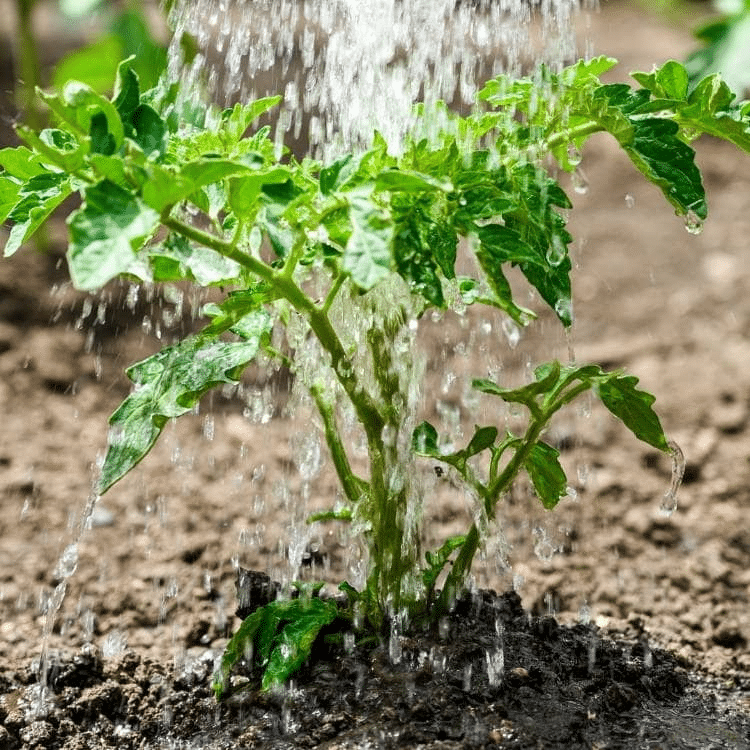
An ounce of prevention is worth a pound of cure, as the saying goes. By taking steps to prevent yellow spots on your tomato leaves in the first place, you can save yourself the stress and effort of treating these issues later on.
To keep your plants healthy and spot-free, focus on proper watering techniques, soil management, and choosing resistant tomato varieties.
By implementing these preventive measures, you'll create an environment where your tomato plants can thrive, free from the risk of yellow spots and other issues. Let's explore each of these measures in more detail to ensure your garden remains a beacon of health and vitality.
Proper Watering Techniques
Water is the lifeblood of your tomato plants, but it can also be a double-edged sword when it comes to preventing yellow spots. To strike the right balance, use drip irrigation or water your plants at the base, limiting foliage moisture to prevent bacterial and fungal diseases.
Watering in the morning can also help minimize the risk of disease by allowing the sun to dry the leaves throughout the day.
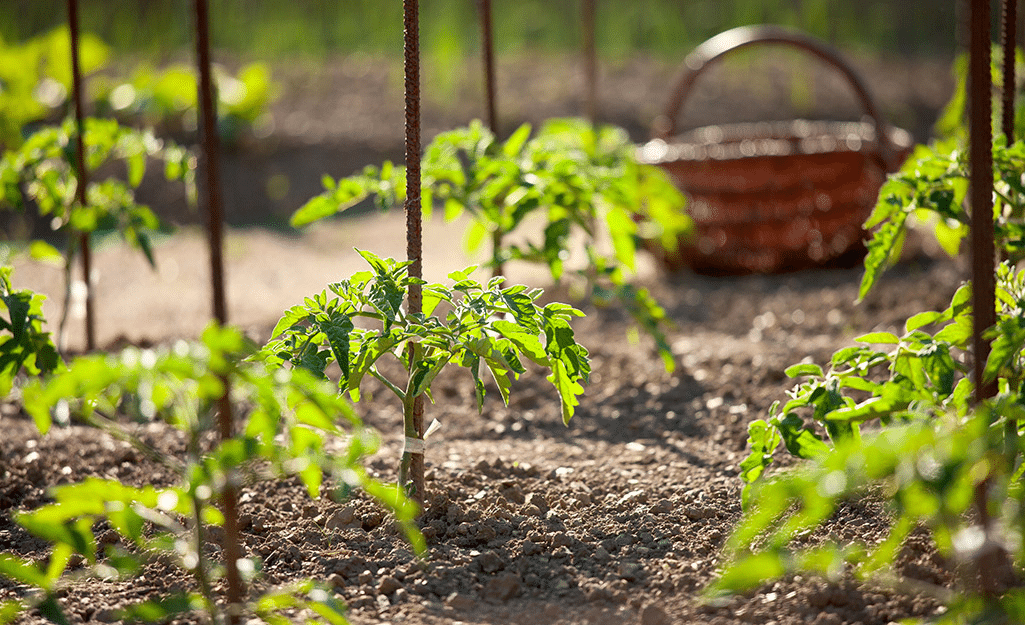
By mastering proper watering techniques, you'll nourish your plants without inviting unwanted diseases. Your plants will thank you for it, rewarding you with a bountiful harvest and healthy, vibrant leaves.
Soil Management
Healthy soil is the foundation of a thriving garden, and proper soil management can help prevent yellow spots on your tomato leaves. Start by improving soil drainage and aeration, which can reduce the risk of disease.
Adding organic matter, such as leaves and mulch, can also help improve soil quality and provide essential nutrients to your plants.
With diligent soil management, you'll create a nurturing environment for your tomato plants, allowing them to grow strong and healthy. Remember, the key to a successful garden lies in the soil, so give it the care and attention it deserves.
Choosing Resistant Tomato Varieties
Selecting the right tomato varieties can make all the difference in preventing yellow spots on your leaves.
When choosing your plants, look for varieties with specific abbreviations that indicate their resistance to diseases and pests. This way, you'll be better prepared to fend off the challenges that may come your way throughout the growing season.
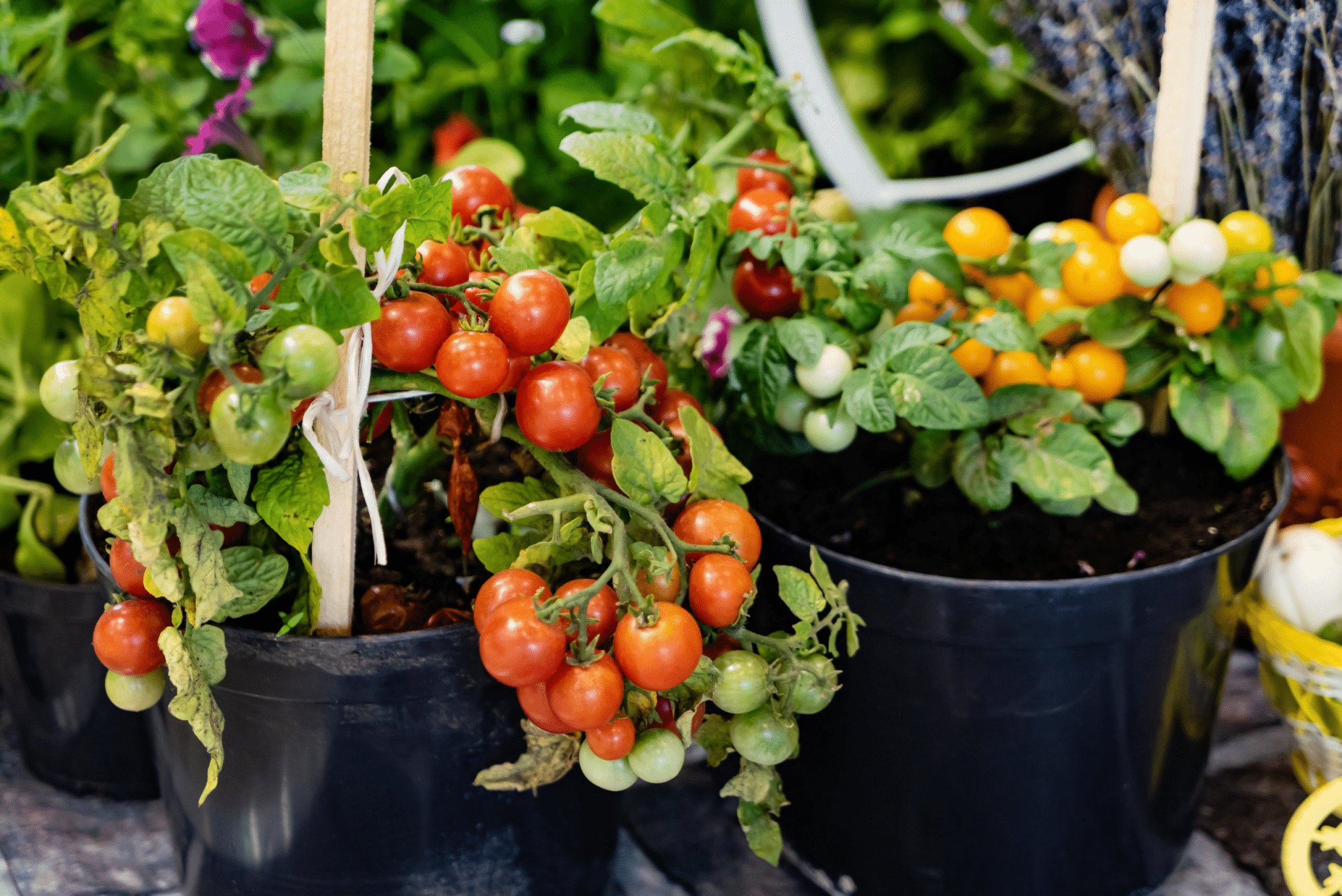
By planting resistant tomato varieties, you'll be one step ahead in the battle against yellow spots and other issues. Your garden will be a fortress of health, allowing your plants to reach their full potential and produce a bountiful harvest.
Monitoring and Early Detection
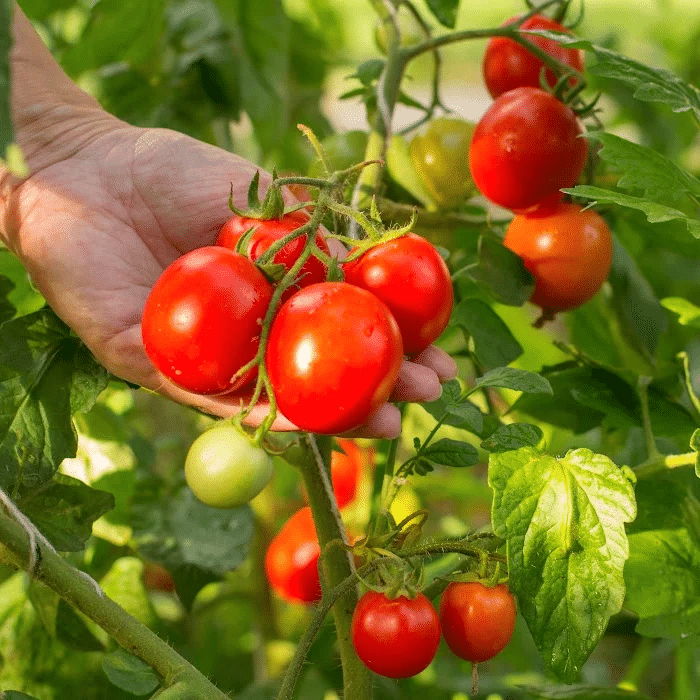
With prevention and treatment strategies in place, the final piece of the puzzle lies in monitoring and early detection.
By keeping a watchful eye on your tomato plants and identifying any issues before they escalate, you'll be better equipped to maintain a healthy, thriving garden. Inspecting leaves regularly and tracking plant health are essential steps in this process.
Let's delve deeper into the techniques for monitoring and early detection, ensuring that you stay one step ahead of any potential problems and enjoy a fruitful, vibrant garden.
Inspecting Leaves
As a vigilant gardener, you'll want to make a habit of visually inspecting your tomato plants for any signs of yellowing leaves or other issues. For example, yellowing leaves in the uppermost part of the plant may indicate an iron deficiency, which can be addressed with additional iron supplements.
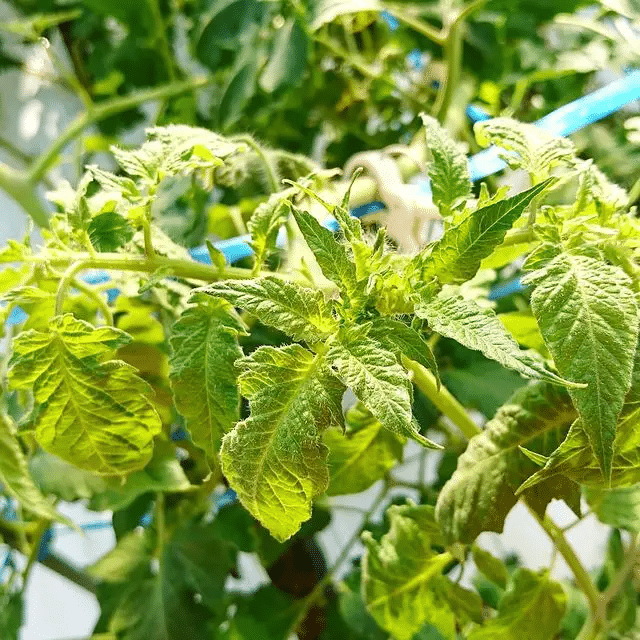
By examining your plants regularly, you'll be able to identify any potential problems early on, giving you the opportunity to take action before the issue escalates. Remember, a proactive approach to plant care is the key to a successful garden.
Tracking Plant Health
In addition to inspecting leaves, it's important to track the overall health and growth of your tomato plants. This can help you identify any changes that could signal a problem, allowing you to take the necessary steps to address the issue.
To track plant health, consider using technology such as sensors or apps that can help you diagnose problems and monitor growth.
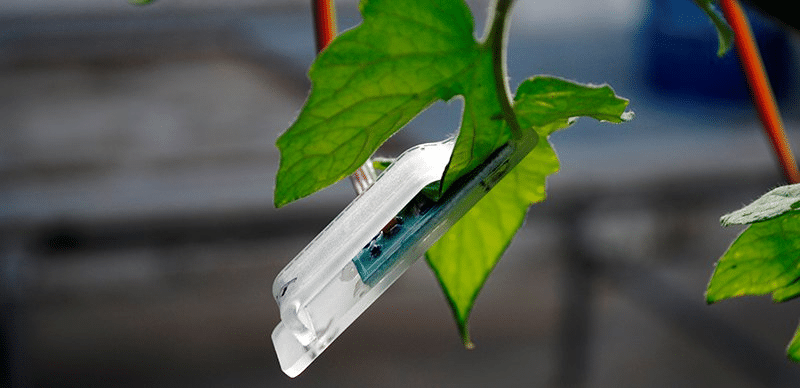
By staying on top of your plants' health, you'll be better prepared to tackle any challenges that arise and maintain a thriving, productive garden. With dedication and vigilance, your tomato plants will reward you with a bountiful harvest and beautiful, spot-free leaves.
Summary
In the quest to solve the mystery of yellow spots on tomato leaves, we've explored the possible causes, treatments, and preventive measures necessary to ensure a healthy, thriving garden.
From addressing nutrient deficiencies to combating fungal diseases and controlling pests and viruses, we've armed you with the knowledge and tools to protect your plants and enjoy a bountiful harvest.
As you continue your gardening journey, remember that vigilance, prevention, and early detection are key to keeping your tomato plants free from yellow spots and other issues.
By staying proactive and nurturing your plants with care and attention, you'll cultivate a garden that's not only fruitful but a source of pride and joy. Now go forth, and let your tomato plants flourish!
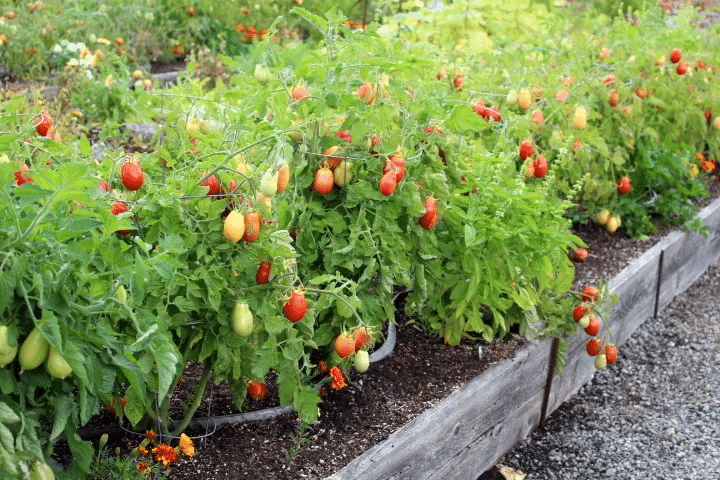
Frequently Asked Questions
How do you treat yellow spots on tomato plants?
To treat yellow spots on tomato plants, remove affected leaves, water deeply, apply Epsom salt spray if needed, and use a fungicide to help reduce damage from early blight alternaria. Be sure to follow product instructions closely to ensure the best results.
What causes yellow spots on my tomato leaves?
It sounds like your tomato plants may be suffering from a magnesium deficiency, which can cause yellow spots to appear on the leaves.
Regular fertilizing with nitrogen, iron and magnesium should help restore them back to health.
What nutrient deficiency causes yellow leaves on tomatoes?
A nutrient deficiency, specifically nitrogen, is the cause of yellow leaves on tomatoes. Low levels of nitrogen in the soil can lead to yellowing and eventual falling off of tomato leaves.
How to identify tomato plants?
Identifying tomato plants is easy—just look for the bushy or vining form, deeply divided leaves with a soft-textured feel and a distinctive smell. When rubbed, the leaves should have an aroma reminiscent of tomatoes.
Plus, the stems are usually weak and require support.
What do tomato leaves look like?
Tomato leaves are often described as being slightly serrated, a dark green/bluish color, and may be either small or large in size. They usually curl up and droop down, creating an interesting texture on the plants.


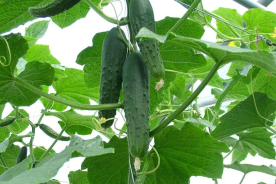


No Comments